The exterior of your house says a lot about who you are as a person. It’s the first thing people see when they drive by, and it can set the tone for the entire neighborhood. That’s why it’s so important to choose the right color combinations for your home’s exterior.
You want something that will make a statement, but you also don’t want to be too loud. The best way to find the perfect color combination is to start with your favorite colors and then work from there.
Take a look at some of the popular color combinations below and see what inspires you. Choosing the right colors for your exterior can make a big impact on your
. with a little bit of trial and error, you’re sure to find the perfect color scheme for your home.
If you’re looking for inspiration, here are a few of our favorite exterior house and deck color combinations.
The Top 10 Most Popular Exterior House and Deck Color Combinations:
1. White and black
Sticking to a white and black color scheme for your exterior house and deck colors may seem boring at first glance. However, this classic color combination can actually be quite stunning.
If you’re looking for a classic and timeless look, you can’t go wrong with black and white. The contrast between the two colors is eye-catching and chic. Plus, it’s a versatile combination that can be used in a variety of ways. For example, you could paint your deck black and your house siding white, or use black accent pieces against a white background.
No matter how you use it, black and white are sure to give your home the perfect touch of sophistication.
2. Cream and brown
The color of your house and deck can say a lot about you. Are you someone who likes things to be light and airy? Or do you prefer a more cozy and inviting space? Whatever your style, cream and brown are the perfect color combination for your exterior house and deck.
The two colors compliment each other perfectly, and the neutral tones make it easy to mix and match with other colors. Plus, the contrast between the light cream and dark brown is sure to add interest and curb appeal to your home.
So if you’re looking for a color combination that’s both stylish and classic, look no further than cream and brown.
3. Tan and brown
Tan and brown may not be the first colors that come to mind when thinking about the exterior house and deck color combinations, but they are the perfect choice for those who want a classic look that will never go out of style.
Tan evokes the warmth of the sun, while brown brings to mind the stability of the earth. Together, these colors create a sense of solidity and permanence. They are also neutral enough to work with any style of home, from traditional to contemporary.
If you’re looking for a color palette that will never go out of style, look no further than tan and brown.
4. Beige and blue
While some may believe that beige is bland and blue is cold, when used together, these colors can create a look that is both warm and inviting. Beige provides a neutral backdrop that allows the blue to really pop.
Blue is also a calming color that can help to create a sense of peace and relaxation. When used on the exterior of a house, these colors can help to create an inviting space that beckons guests to come inside.
Additionally, when used on a deck, these colors can help to create a serene space where family and friends can gather to enjoy each other’s company. So whether you’re looking to make a bold statement or simply create a welcoming space, consider using beige and blue as your exterior color palette. You might just be surprised at how perfect these colors can be.
5. Blue and gray
Blue and gray are a beautiful combination of colors for your exterior house and deck color schemes. The blue symbolizes trust, loyalty, wisdom, and confidence. The gray represents serenity, stability, and elegance.
When these two colors are combined, it creates a look of sophistication and classicism. This color palette is perfect for those who want their home to radiate an air of calmness and beauty.
Whether you choose a light blue or a dark blue, the gray will provide an excellent accent color to complement your home’s facade.
If you’re looking for a color scheme that oozes elegance and charm, look no further than the blue and gray combination.
6. Green and gray
Are you thinking of repainting your exterior house? You might want to consider a green and gray color scheme. It is the perfect choice for those who want a modern and stylish look that is also easy to maintain.
Here are some other reasons why you should choose green and gray for your exterior house and deck color combinations.
Nice contrast:
Green is the color of nature, so it will help your home blend in with its surroundings. Gray, on the other hand, is a color that will provide a nice contrast. This combination will provide a clean and modern aesthetic that your neighbors and guests will appreciate.
Low-maintenance color:
Green and gray are both low-maintenance colors. You won’t have to worry about repainting as often as you would with other colors. And if you do need to touch up your paint job, it will be easy to match the colors because they are so popular.
Environment friendly:
Finally, by choosing a green and gray color scheme for your exterior house and deck, you’ll be showing that you care about the environment. These colors are environmentally friendly and will help you save money on your energy bills. you’ll also be doing your part to save the planet.
Why not try green and gray for your next exterior house and deck color combination? You won’t be disappointed!
7. Red and orange:
Painting your house is a big investment. You want to be sure that you not only love the color but that it will stand the test of time. Some colors are more timeless than others.
Red and orange are the perfect colors for exterior house and deck color combinations. They are eye-catching and make a bold statement without being too over the top. Plus, they go well with any style of the house.
Whether you have a traditional home or a more modern one, these colors will compliment it perfectly. So if you’re looking for a color that will make your house stand out from the rest, consider red and orange. You will not be disappointed.
8. Yellow and green:
When it comes to choosing colors for the exterior of your home, you can’t go wrong with yellow and green. This cheerful color combination is excellent for making a statement, whether you’re trying to add curb appeal to your home or simply want to create a space that’s welcoming and inviting.
In addition to being attractive, yellow and green also work well together to create a cohesive look. So if you’re looking for a way to add some personality to your home’s exterior, consider painting your house or deck in this cheerful color palette.
9. Purple and pink:
Looking to add a touch of pizzazz to your home exterior? If you’re looking to make a statement, then purple and pink are the perfect color combination for you.
Bold and eye-catching, this color scheme is sure to turn heads and get people talking. Plus, who doesn’t love a little bit of whimsy? Whether you go for a bold fuchsia or a more subtle lavender, painting your home in purple and pink is sure to make it stand out from the rest.
So don’t be afraid to show your true colors – with purple and pink, your home is guaranteed to make a big impression.
10. Brown and green:
Have you ever noticed that some of the most beautiful houses have a simple color scheme? The colors brown and green are the perfect combination for an exterior paint job. They blend in together and give your house a natural appearance that will set it apart from the competition.
Brown is a warm color that Invites people in and makes them feel at home. Green is the color of nature and gives your house a fresh look. When you combine these two colors together, you get the perfect blend of warmth and freshness that will make your house the envy of the neighborhood.
So if you’re looking for a new color scheme for your house, consider brown and green. You won’t be disappointed.
What You Need to Know Before Picking an Exterior House and Deck Color Combo:
Now that you’ve seen some of the best exterior house and deck color combinations, it’s time to choose one for your own home. But before you start painting, there are a few things you need to keep in mind. Here’s what you need to know before picking an exterior color scheme:
Consider your home’s style:
When choosing a color scheme for your home, it’s important to consider the overall style of your house. If you have a more traditional home, then you’ll want to choose colors that complement that style.
For example, if you have a brick home, then you might want to consider painting your deck a light color like white or cream. This will help to highlight the beauty of the brick and give your home a more classic look.
On the other hand, if you have a more modern home, then you can be more adventurous with your color choices. Bright and bold colors will work well with a contemporary style house.
Think about the climate:
Another important factor to consider when choosing exterior house and deck colors is the climate. If you live in an area with a lot of suns, then you’ll want to avoid dark colors as they will absorb heat and make your home feel hotter
In contrast, if you live in a cooler climate, then you can get away with darker colors as they will help your home retain heat. Just be sure to choose a color that you’re happy with as you’ll be looking at it for years to come.
Don’t forget about your deck:
When choosing a color scheme for your home, don’t forget about your deck. After all, your deck is an important part of your home’s exterior and it deserves just as much attention as the rest of your house.
Consider painting your deck in a coordinating color with the rest of your house. This will create a cohesive look and make your home look put together
Whatever color you choose for your deck, just be sure to protect it from the elements by sealing it with a quality deck sealer. This will help to extend its life and keep it looking great for years to come.
Get inspired by your surroundings:
It’s also critical to get ideas from your surroundings while picking exterior house and deck colors. If you live in a beautiful location, then take inspiration from nature and choose colors that reflect the beauty of your surroundings
If you live in a more urban area, then you can get creative and choose colors that make your house stand out from the rest. No matter where you live, there’s sure to be a color scheme that’s perfect for your home
Get expert help:
If you’re not sure where to start when choosing an exterior color scheme, then it’s a good idea to get expert help. A professional painter or designer will be able to help you choose the perfect colors for your exterior home.
They’ll also be able to give you advice on how to best use those colors to create the look you’re going for. So if you’re feeling overwhelmed, don’t hesitate to reach out to a professional for help.
Should You Paint Your House’s Exterior Yourself?
Painting your house’s exterior yourself may seem like a daunting task, but with the right preparation, it can be a relatively easy and rewarding project.
By taking the time to properly repair any damage to your home’s exterior, choosing the right paint and brushes, and following a few simple painting tips, you can give your home a fresh new look that will last for years to come.
And best of all, by painting your own home, you can save yourself thousands of dollars in professional painting fees. So if you’re feeling up to the challenge, read on to learn everything you need to know about painting your house’s exterior.
Should you Paint or Stain Your Deck?
First, you need to decide whether to paint or stain your deck. painting provides a more uniform look and can help to hide imperfections. staining allows the natural beauty of the wood to shine through and can be less labor-intensive.
So which option is right for you? Ultimately, the decision comes down to personal preference.
If you want a low-maintenance deck that looks great with minimal effort, painting may be the way to go. However, if you’re willing to put in a little extra work, staining can give your deck a unique and impressive finish.
Whichever route you choose, make sure to do your research and prepare the surface properly before starting your project. With a little planning and elbow grease, you can have a beautiful deck that will provide years of enjoyment.
Conclusion:
To summarize, there are endless color combinations you could choose for your exterior house and deck, the 10 most popular ones have withstood the test of time for a reason. They look good on every type of home, from traditional to modern.
When you’re ready to start painting, make sure to read our guide first so you know what to expect. With the right preparation and execution, anyone can paint their house’s exterior themselves – it just takes a bit of patience and planning. We hope you found this post helpful! Be sure to visit our blog regularly for more tips on home improvement projects both big and small.

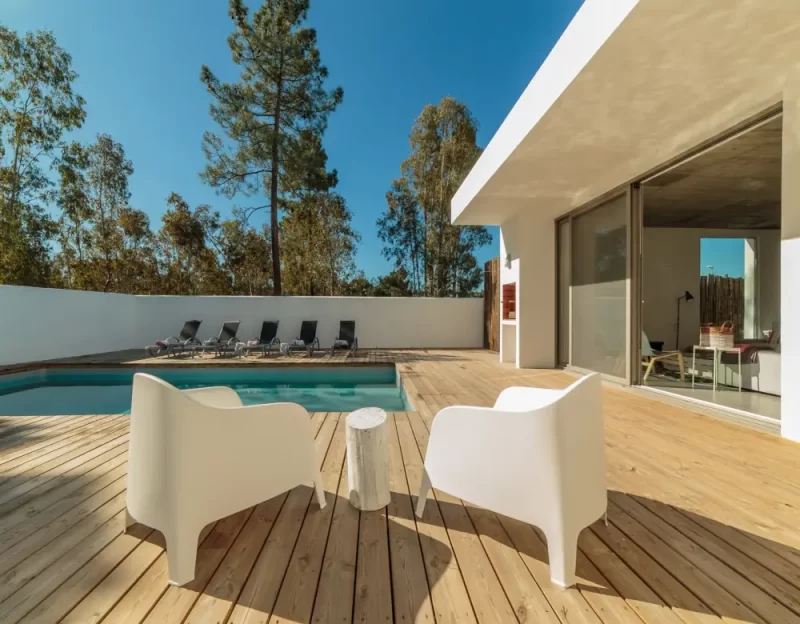
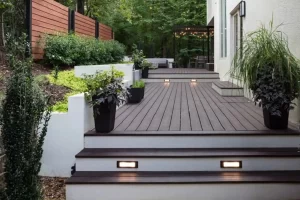
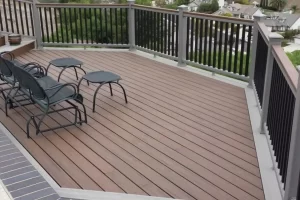
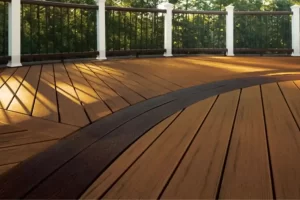
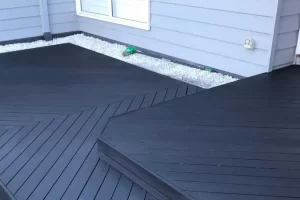
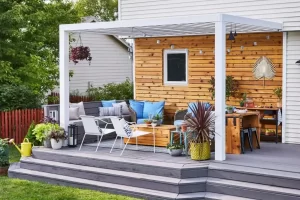
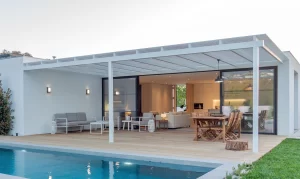
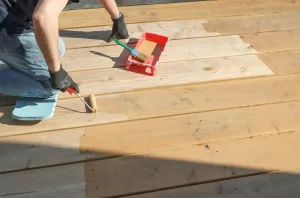

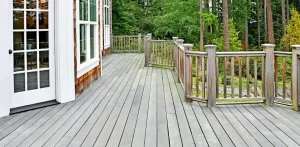
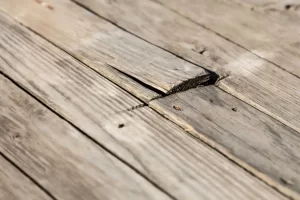
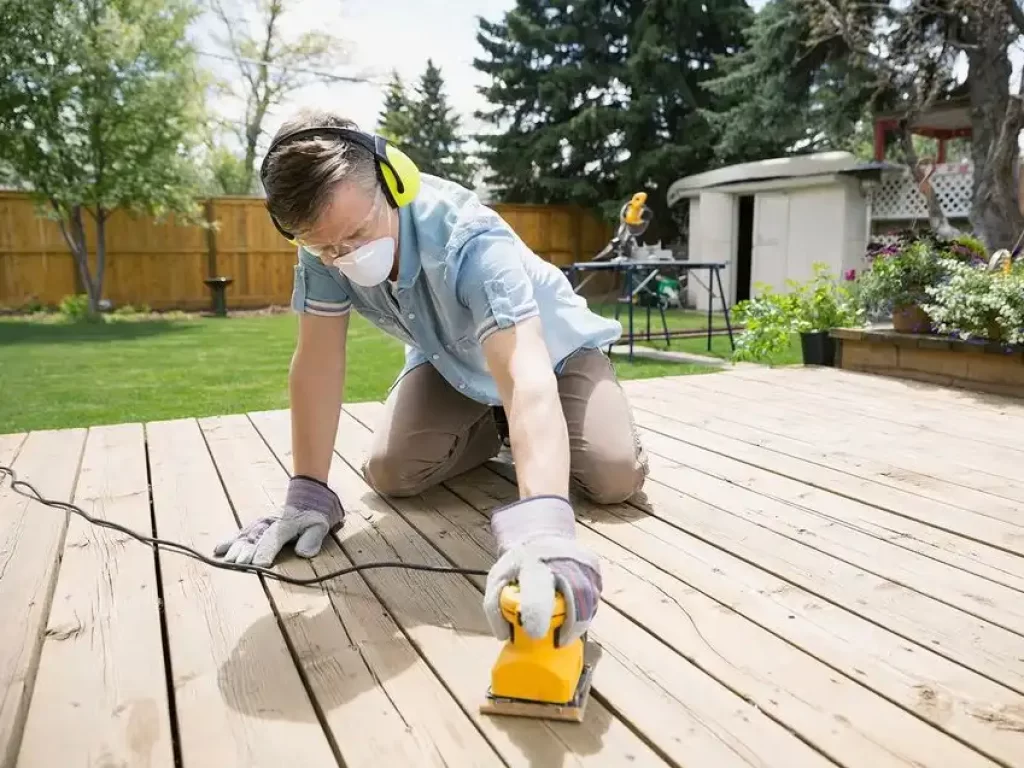
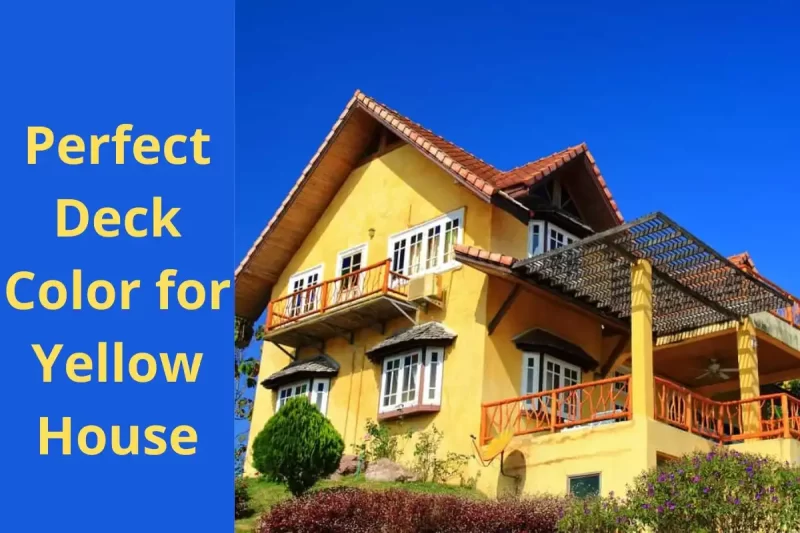
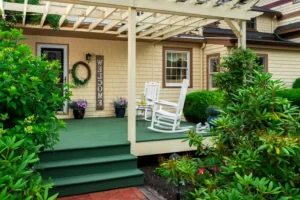

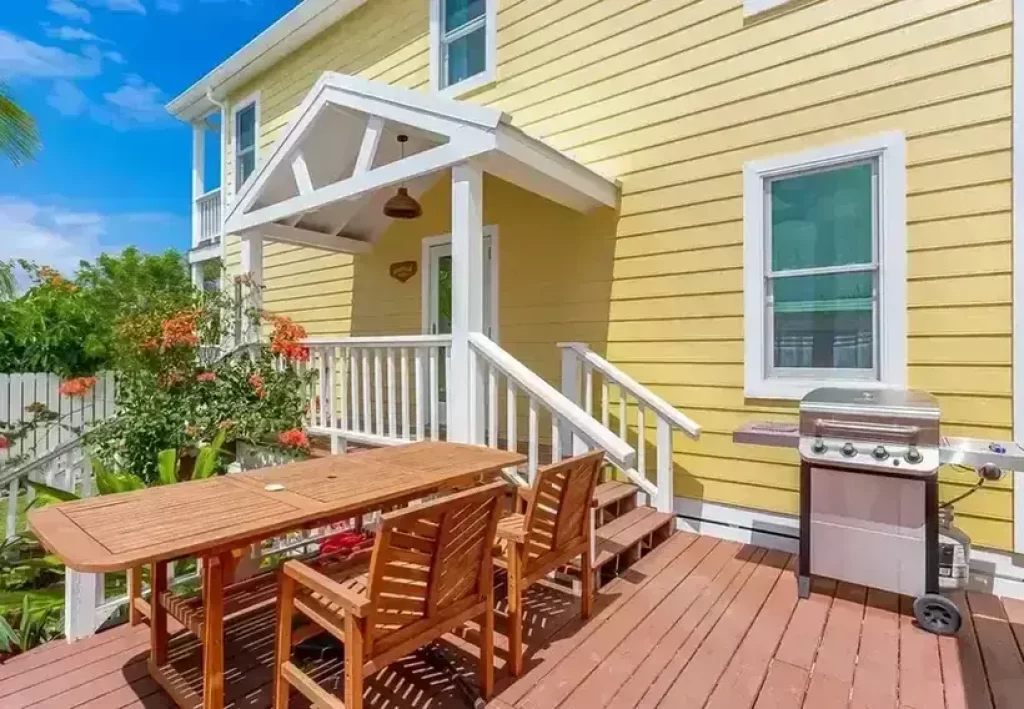
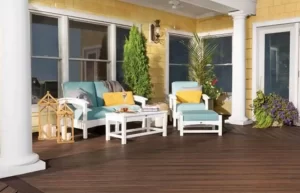
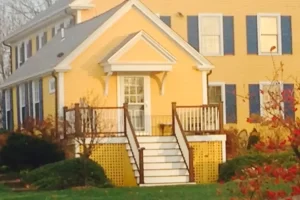
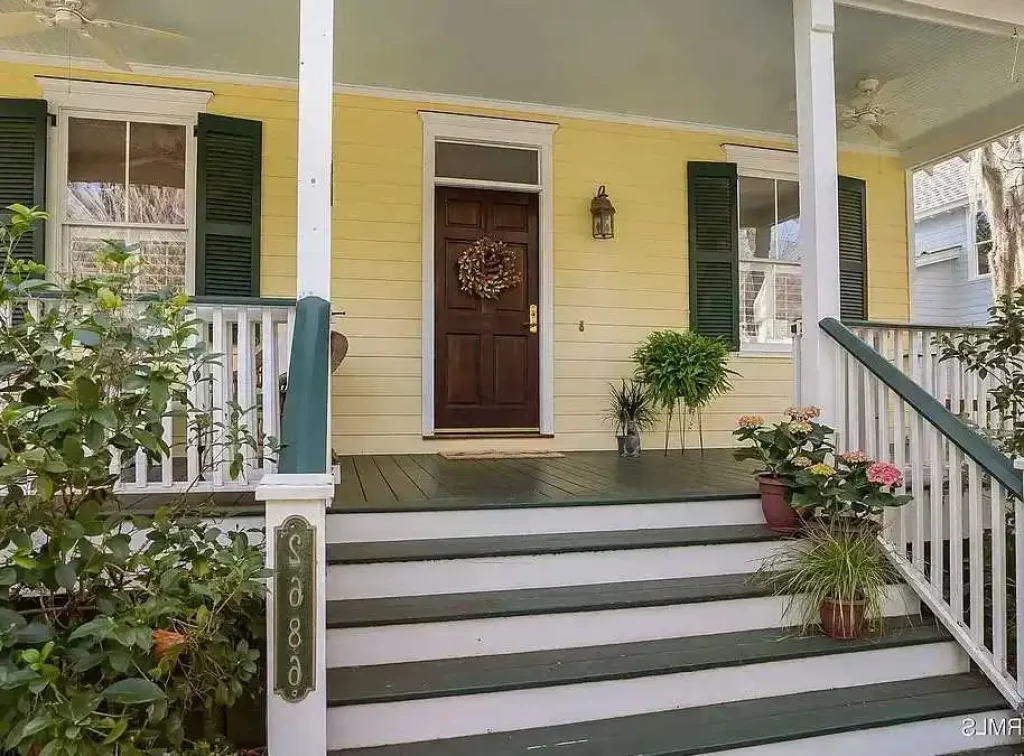
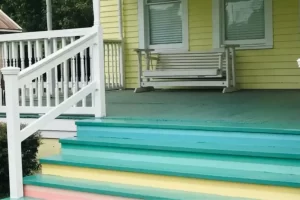
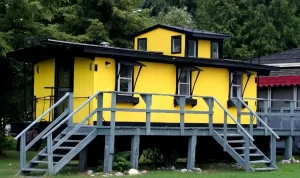
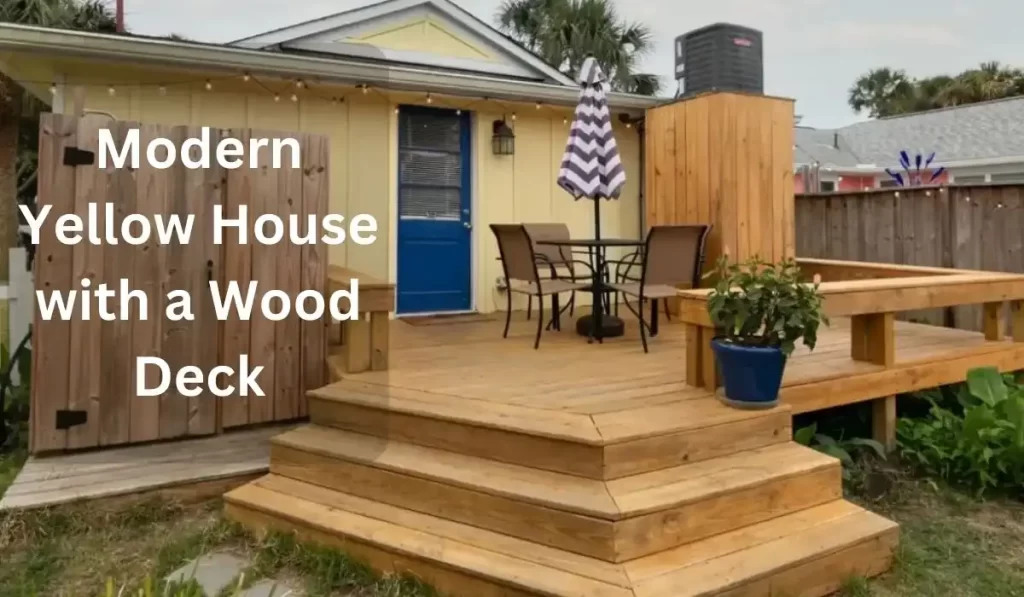
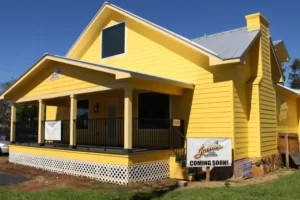
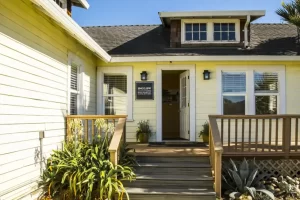

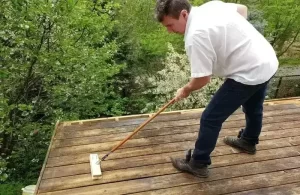

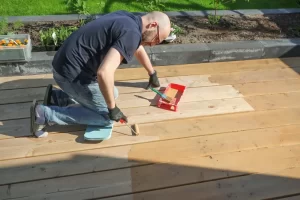
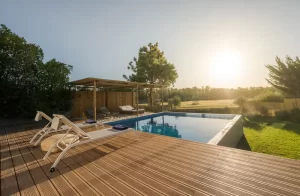
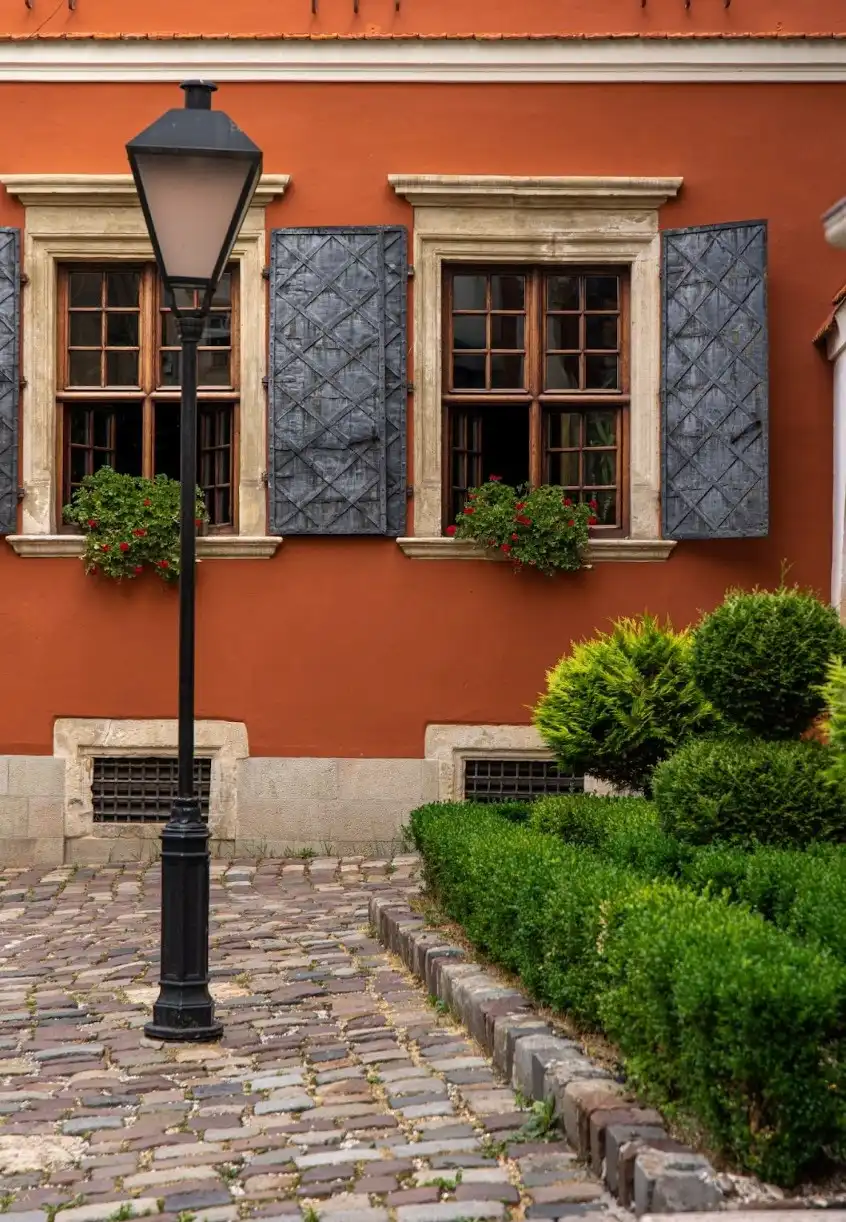

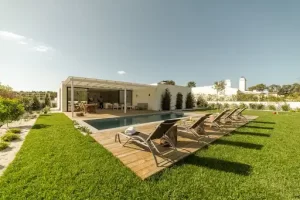
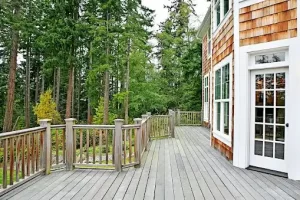

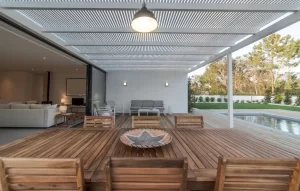
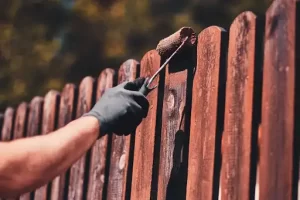
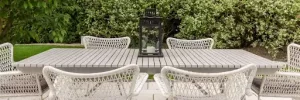
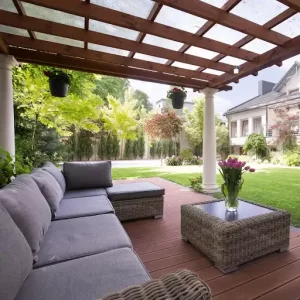
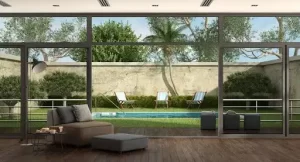
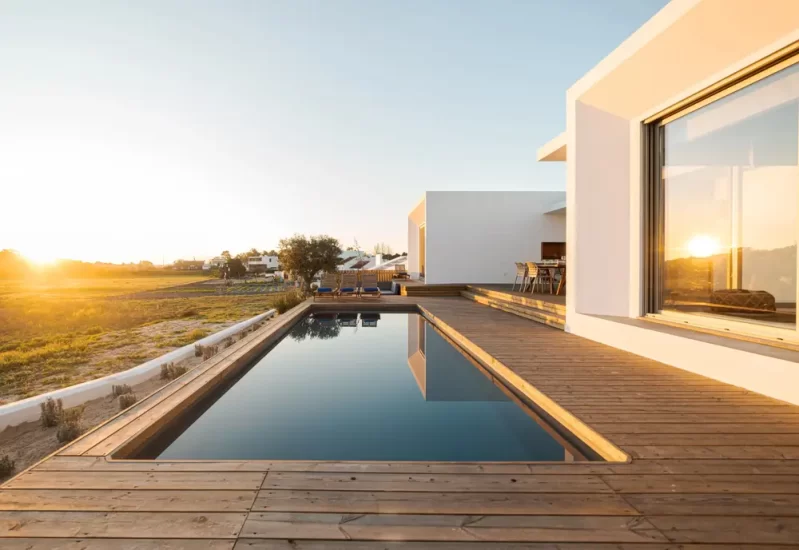
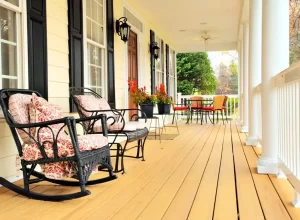
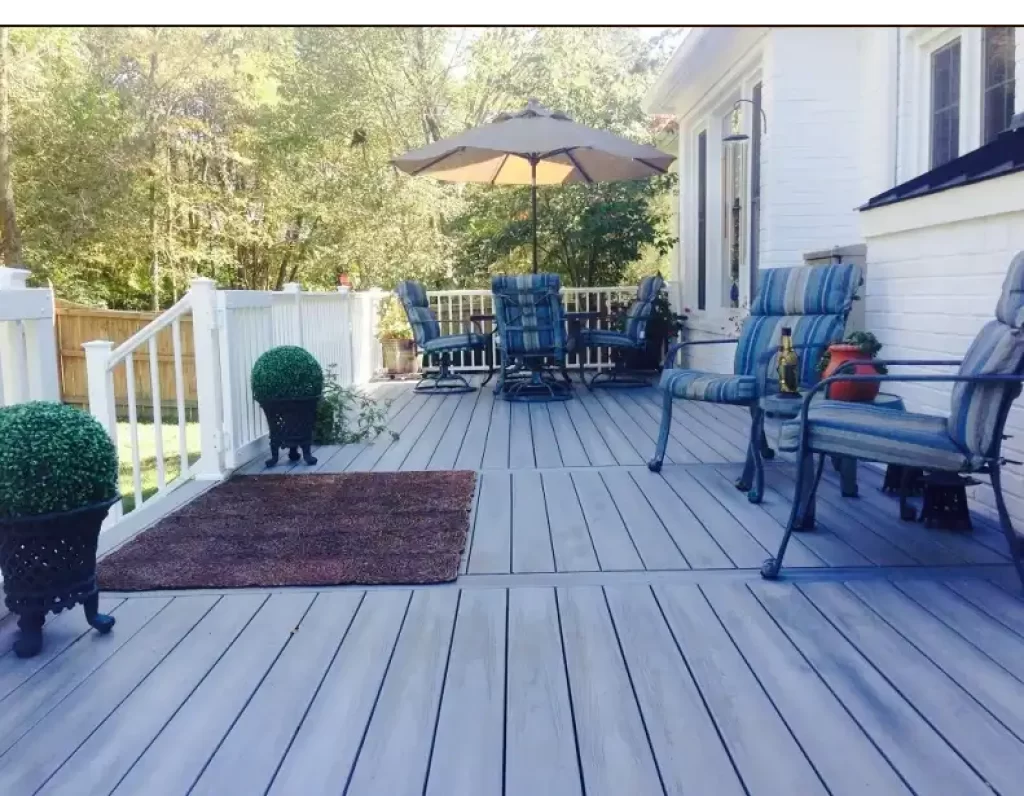
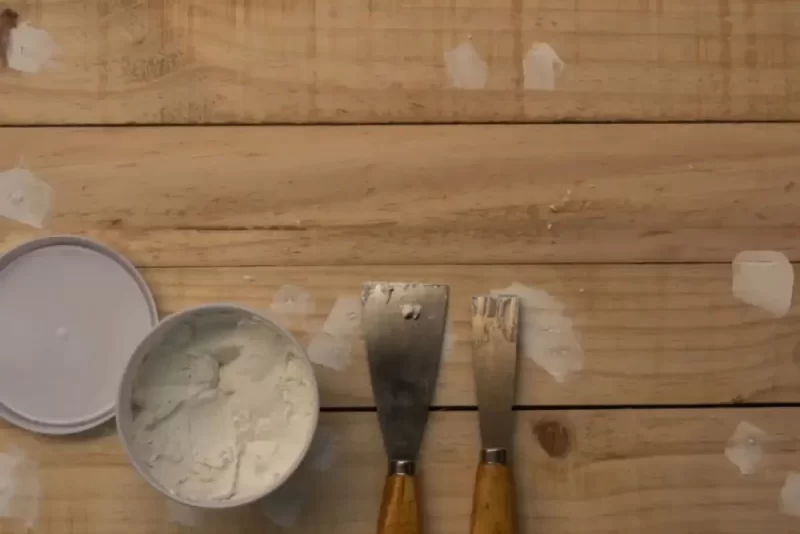
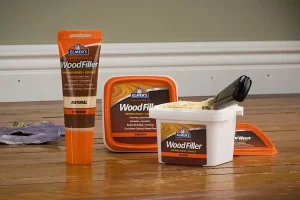
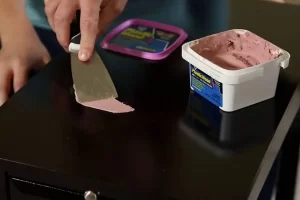
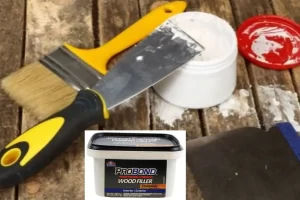
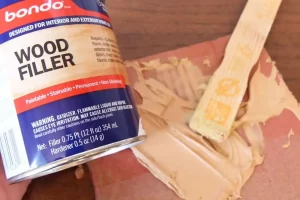
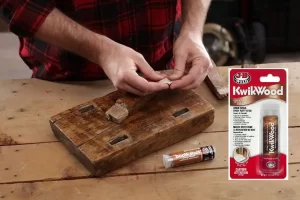
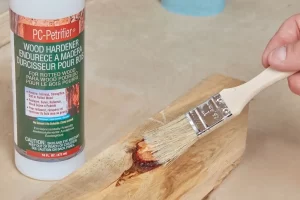
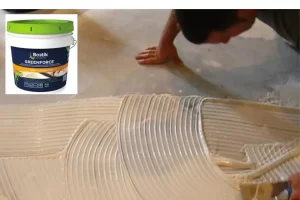
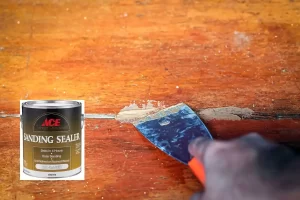
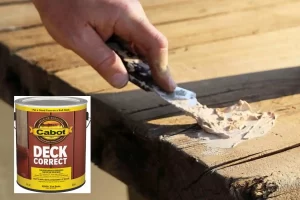
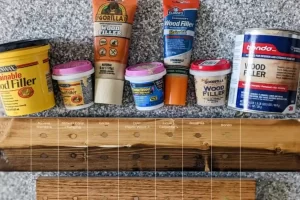
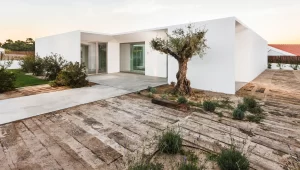
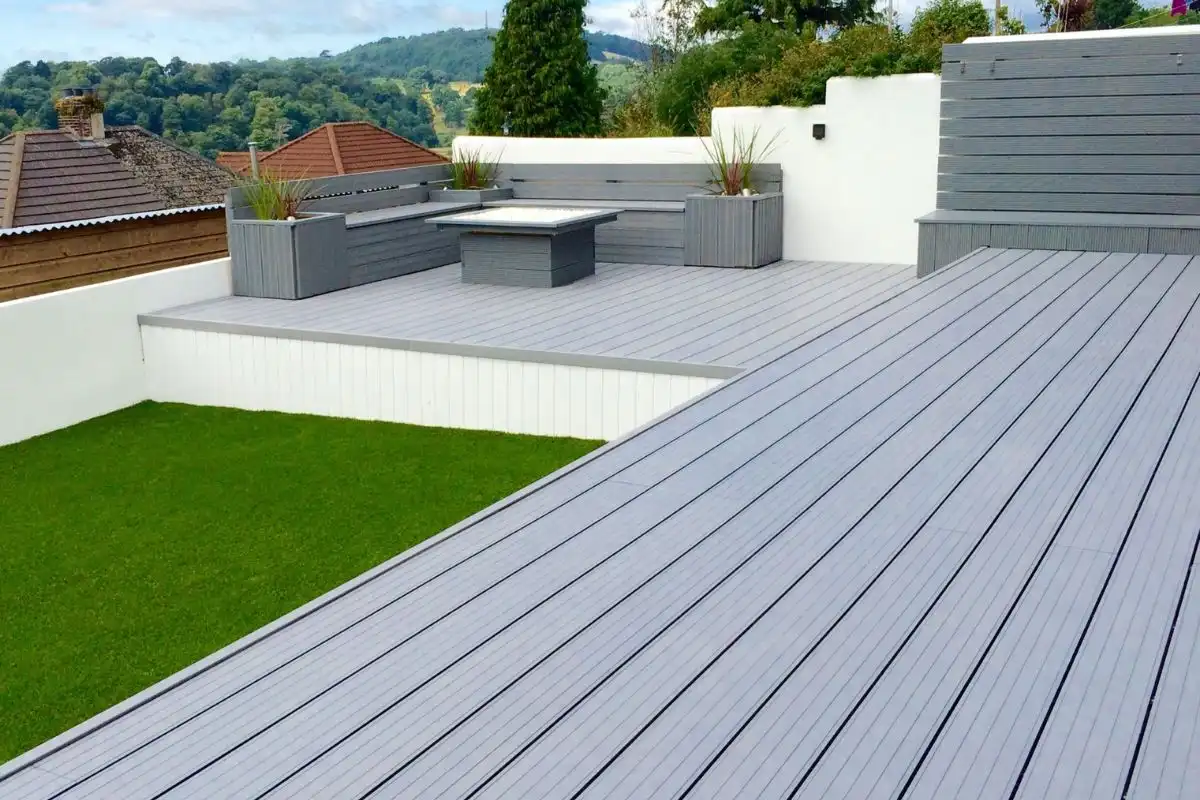
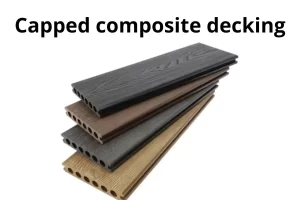 Capped composite decking is made from recycled wood fibers and plastic. Wrapped in a tough-as-nails cap, it’s built to withstand sun, rain, and foot traffic without showing wear and tear. Capped composite decking is also easy to clean and resists stains and fading.
Capped composite decking is made from recycled wood fibers and plastic. Wrapped in a tough-as-nails cap, it’s built to withstand sun, rain, and foot traffic without showing wear and tear. Capped composite decking is also easy to clean and resists stains and fading.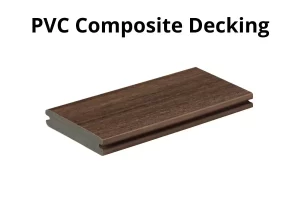 PVC composite decking is an attractive and durable option for outdoor decks. The material is made of a blend of plastic and wood fiber, which makes it resistant to rot and insect damage. Pvc decking is often durable and inexpensive to maintain; PVC Composite Decking is perfect for anyone on a budget.
PVC composite decking is an attractive and durable option for outdoor decks. The material is made of a blend of plastic and wood fiber, which makes it resistant to rot and insect damage. Pvc decking is often durable and inexpensive to maintain; PVC Composite Decking is perfect for anyone on a budget.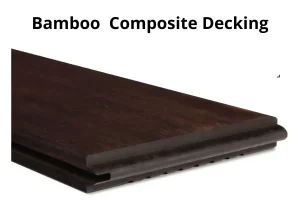 Bamboo composite decking is the perfect choice for those who love the look of natural wood but don’t want the hassle of maintaining it. Made from a mix of bamboo and recycled plastic, this decking is not only attractive and easy to care for, but it’s also eco-friendly.
Bamboo composite decking is the perfect choice for those who love the look of natural wood but don’t want the hassle of maintaining it. Made from a mix of bamboo and recycled plastic, this decking is not only attractive and easy to care for, but it’s also eco-friendly.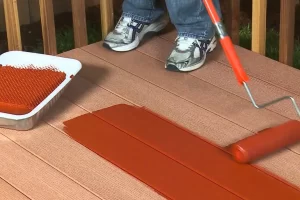
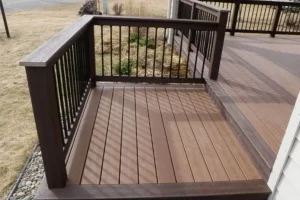
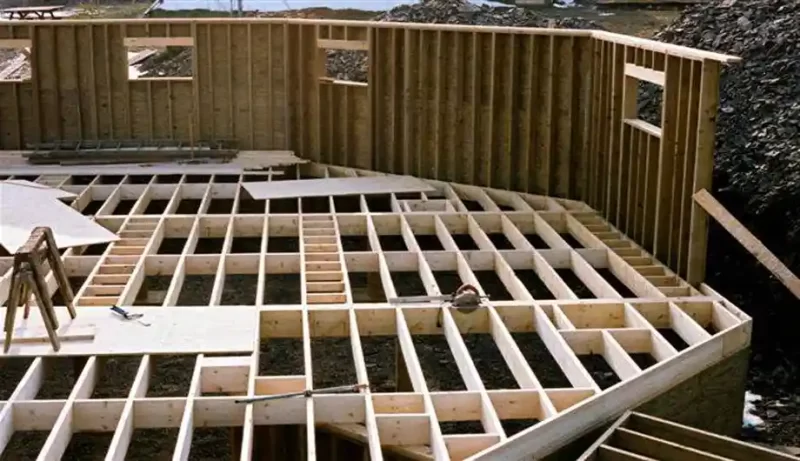
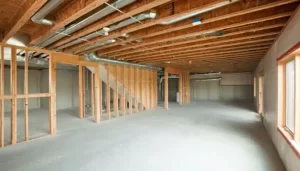 A permanent
A permanent 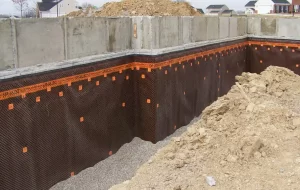 If you are waterproofing your wood foundation walls with a membrane, waterproofing material, or waterproofing paint, you will
If you are waterproofing your wood foundation walls with a membrane, waterproofing material, or waterproofing paint, you will 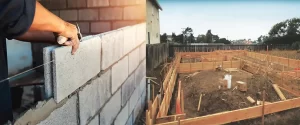 When deciding whether to use wood or concrete foundation walls, there are a few things you need to take into account. Here are a few of the most important factors to consider:
When deciding whether to use wood or concrete foundation walls, there are a few things you need to take into account. Here are a few of the most important factors to consider:
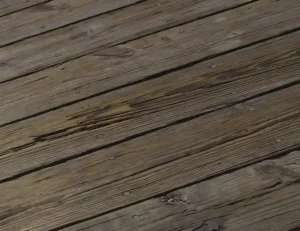
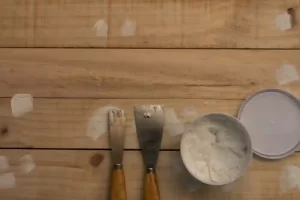 The first step is to clean your deck. This will help ensure that the wood filler adheres appropriately. You can use a pressure washer, hose, or even just a stiff brush.
The first step is to clean your deck. This will help ensure that the wood filler adheres appropriately. You can use a pressure washer, hose, or even just a stiff brush. 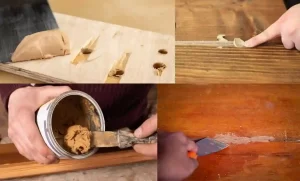
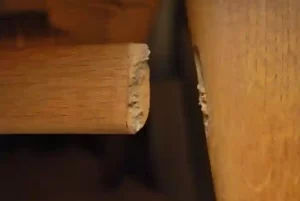 The best way to fix cracks and splinters in your deck is with wood filler adhesive. This adhesive is designed specifically for repairing cracks and splinters in decks. It’s perfect for pressure-treated lumber and won’t rot or decay.
The best way to fix cracks and splinters in your deck is with wood filler adhesive. This adhesive is designed specifically for repairing cracks and splinters in decks. It’s perfect for pressure-treated lumber and won’t rot or decay.